 Hello, gentle readers, and welcome to the Classic Reload, the regular feature where we just want to know what’s in the box. In this column, we take a look at classic games from the App Store’s past to see how they hold up in the light of the modern day. It’s a chance to revisit old favorites, to reflect on their position in the overall iOS library, or simply to take a deeper dive than our reviews typically allow. I try to pick a balanced plate of games from month to month, but if there’s something you’d really like to see, don’t be shy! Simply comment below and I’ll add your suggestion to the master list for future consideration.
Hello, gentle readers, and welcome to the Classic Reload, the regular feature where we just want to know what’s in the box. In this column, we take a look at classic games from the App Store’s past to see how they hold up in the light of the modern day. It’s a chance to revisit old favorites, to reflect on their position in the overall iOS library, or simply to take a deeper dive than our reviews typically allow. I try to pick a balanced plate of games from month to month, but if there’s something you’d really like to see, don’t be shy! Simply comment below and I’ll add your suggestion to the master list for future consideration.
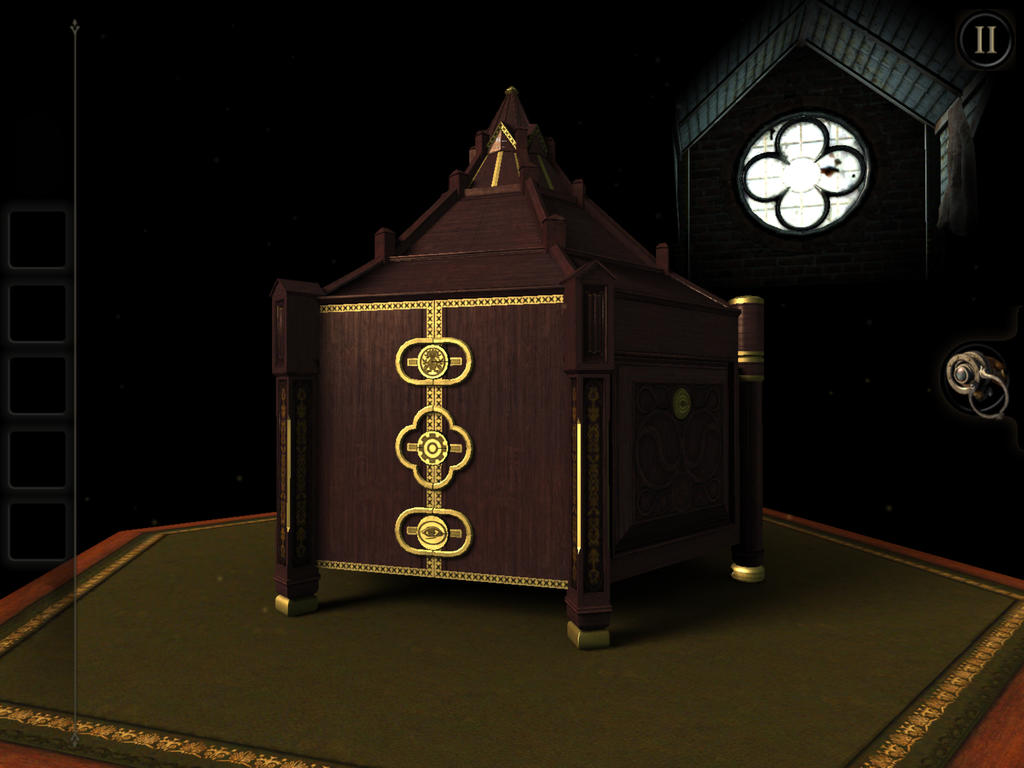
Regular readers know that I tend to plan the schedule for this feature quite a long time in advance. It gives me time to properly replay the games without disrupting my regular schedule too much, and it also gives me a clear set of games to look forward to digging into. Sometimes that long schedule blows up in my face, and a game gets pulled or stops working before I can get to it. But there are other times where it works out better than I could have expected, and this is one of those cases. Since my loose plan has been to work through most of the past TouchArcade Game of the Year winners and runners-up, it was only a matter of time before I got to The Room (Free). In the few months between my scheduling of the game and now, Fireproof Games went ahead and announced a new game in the series for a late 2017 release. So while we all look forward to The Room: Old Sins, let’s enjoy this rewind back to 2012 to see where it all began.
Mobile gaming has come a long way over the years, and the platform is now home to a wide variety of original games and ports. Some of those games fit the natural strengths of the platform better than others, though. While most of us have learned to handle a virtual d-pad and buttons, it’s certainly a barrier for a lot of people new to mobile gaming. Games that treat touch controls like a mouse fare a bit better, though those often have busy UIs and menus that aren’t the best on smaller iPhone screens. There are other games, however, that embrace the touch interface of mobile completely, and The Room is a perfect example of that type. This is a game whose controls are in their best conceivable form on mobile, and that gives it something of a magical quality that tends to suck players in.
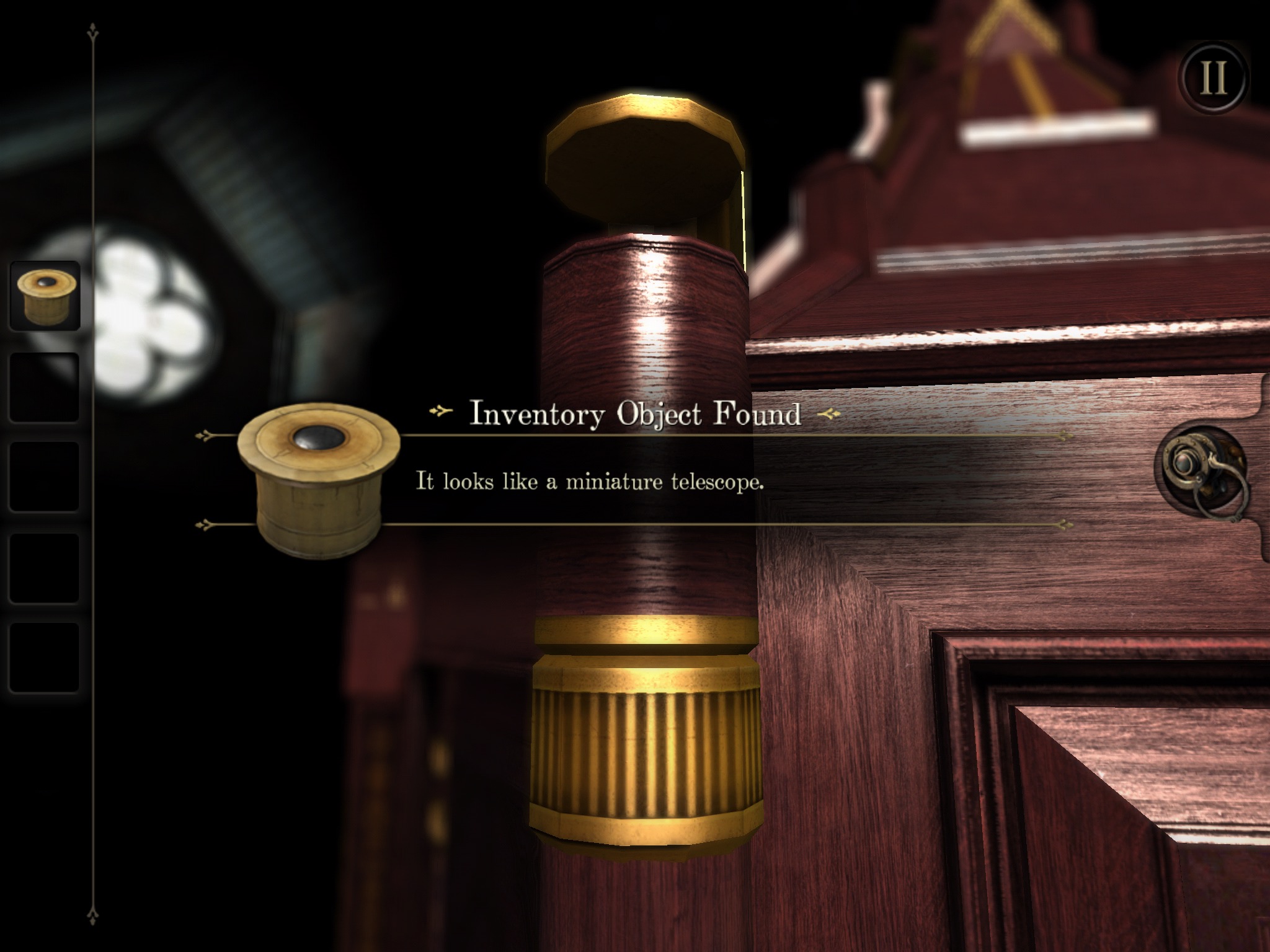
Developer Fireproof Games was founded by six former employees of Criterion Games and initially served as a source of artwork for larger companies. At Criterion they had primarily worked on the outstanding racing series Burnout, and some of their early outsourcing work at Fireproof was for racing games such as Blur and Split/Second. They weren’t just about cars, though. Fireproof also contributed work to the first two LittleBigPlanet games on PlayStation 3, as well as Activision’s DJ Hero. Like many developers, they saw the exploding iOS market as an opportunity to do some games of their own. They hired a programmer and put part of the team to work on their first iOS release while the rest of Fireproof continued to do outsourcing work just in case things didn’t work out.
Given the pedigree of the team, you might have expected Fireproof’s first game to be a racer, but the team didn’t want to just stick a console-style game on mobile. Instead, they opted to create a puzzle game called The Room, which was specifically designed to take full advantage of the features of iOS devices. The game initially released for iPad only on September 20th, 2012, with a separate iPhone version made available a few months later in December. The game would eventually see ports to Android and PC, the latter changing a few things to suit the platform a bit better. Apple gave the game prominent featuring upon its release, and ultimately settled on the game as their 2012 iPad Game of the Year. It received strong praise from critics and players alike, and was an immediate success for Fireproof. They had been hoping they would at least break even on the game, and they managed that in the first week alone. As of October 2016, The Room had moved 6.9 million copies across all platforms, with nearly 5 million of that number on iOS.
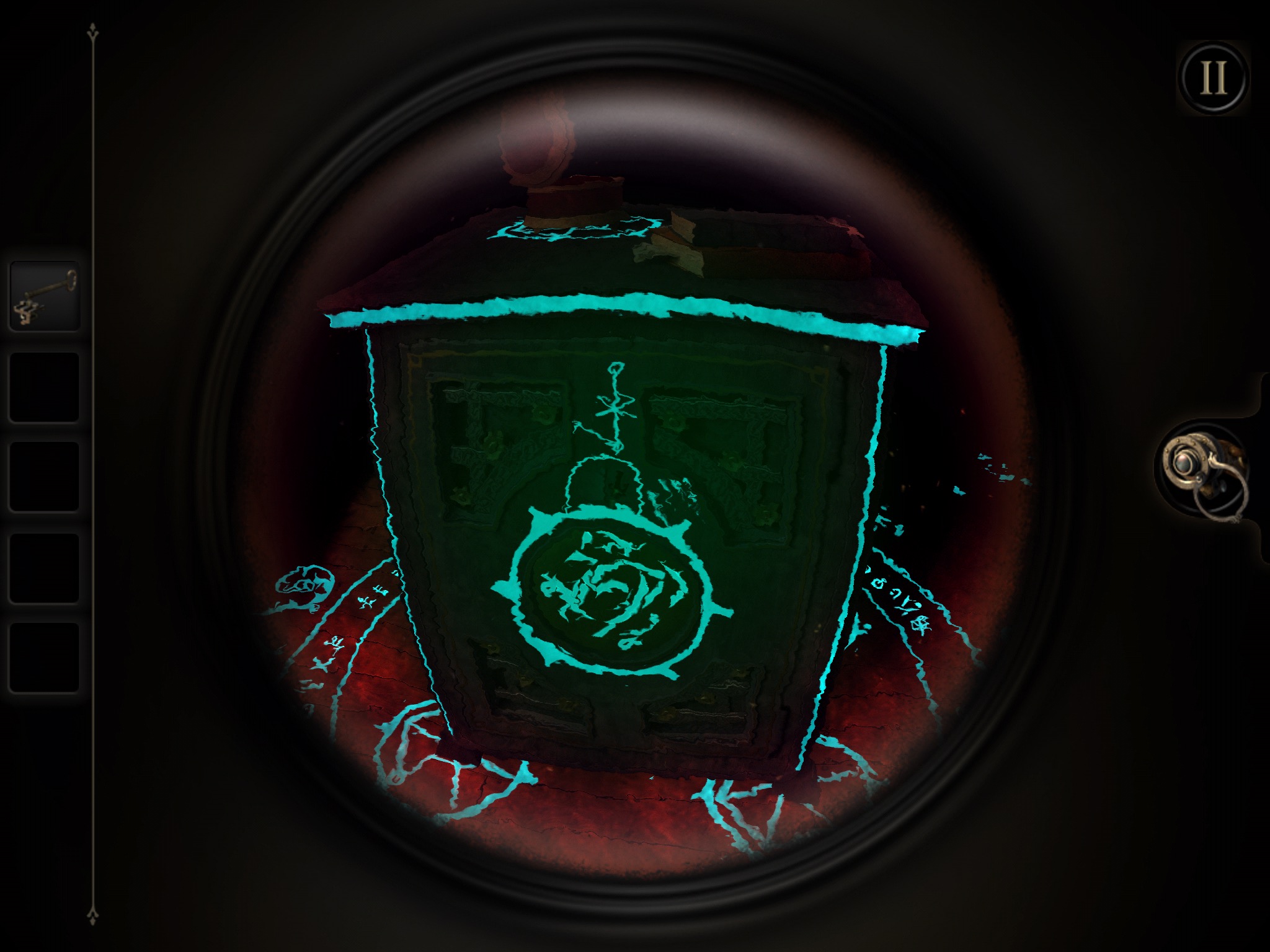
The success of The Room naturally led to some sequels which have also fared quite well in an increasingly challenging market for paid games. It also allowed Fireproof the ability to create a chunk of extra content for the first game that serves to bridge the gap between it and the sequel, The Room Two ($1.99). That content was added in August of 2013, and apart from some compatibility fixes in late 2015, it was the last update the game received. It’s quite likely Fireproof will update the game again if the rumor of Apple culling 32-bit apps comes true, but apart from that, the game is essentially complete as it stands.
As it says on the tin, The Room is a puzzle game that puts you in a room. You’re not trying to escape that room as the goal is in so many other room-related games, however. Instead, the focus of your attention is a box sitting on the table in the middle of the room. You were asked to come to this house by an old friend who is only identified as AS. In his letter to you, he placed a key. That key fits into a spot on the box, and so begins one of the most absurd unraveling acts you’re likely to ever witness in a game. The game is broken up into chapters, with the end of each one tied to solving all of the mysteries of the current box in front of you. Provided you’re not at the end of the game, the reward that you’ll find inside the box is another box with trickier puzzles to solve. Along the way you’ll also find notes that flesh out the story a little. Not many, mind you. The story sits firmly in the background in this installment.
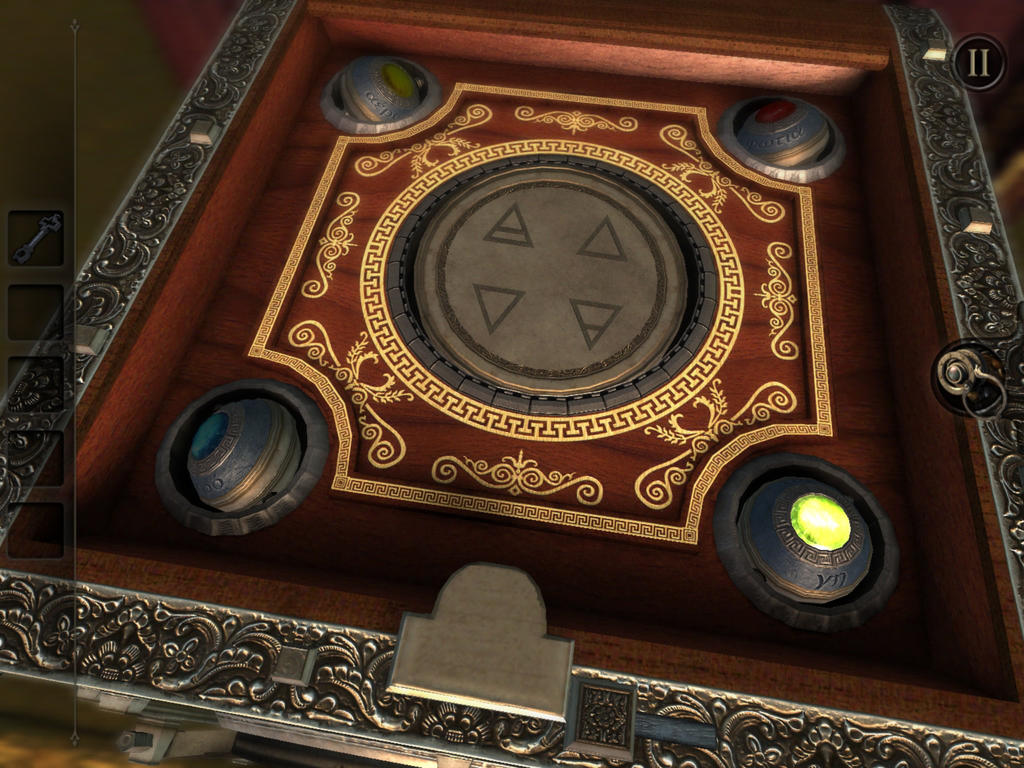
The game gives you everything you need to solve each puzzle you’ll stumble across. It’s just a matter of finding the objects you need, looking at things from the right angle, and applying a little logic. The boxes tend to open up in sections, ensuring you aren’t overwhelmed with possibilities. With this approach, the player is encouraged to actually solve the puzzles rather than brute force them with trial and error guesses. The flipside of that is that The Room isn’t a terribly difficult game as these sorts of affairs go. If you cut your teeth on games like Myst, this will seem quite leisurely by comparison. Yet, even if you’re not heavily challenged by the game’s puzzles, there’s still something to be said for the pleasant tactile feeling of messing around with the puzzle boxes themselves. There are so many things to jab at, slide, spin, and pull on that it’s almost a toy all on its own.
Now, with The Room being a game all about solving pre-set puzzles, it’s not the best candidate for frequent replays. But I have found it enjoyable to make my way through the game again as each new sequel comes up. It’s not so much time that I totally forget the answers, but I certainly forget enough for it to be fun to solve things again. Plus, knowing where the story goes down the road makes the little clues scattered throughout the earlier games even more interesting to think about. Plus, as you would expect from Fireproof’s origins, the game is still absolutely gorgeous to look at. I doubt such boxes could exist in the real world, but everything is put together so carefully and convincingly that it feels like you’re playing with something tangible.
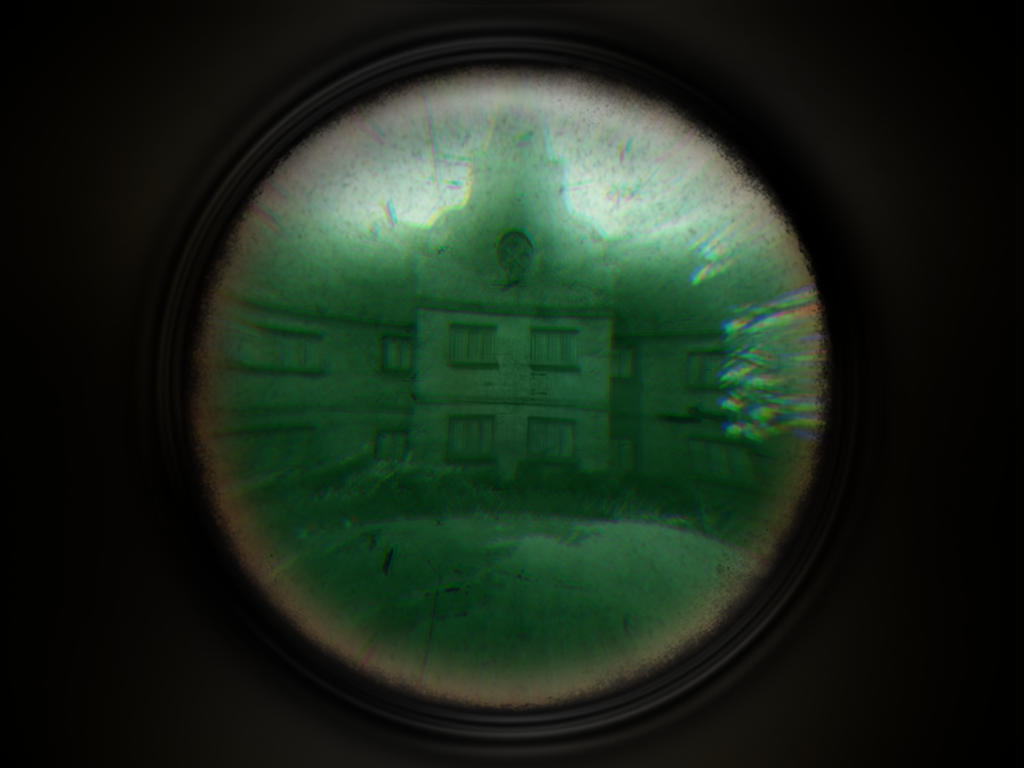
Another thing I like about The Room is in how it handles hints. If you go a certain length of time without making progress, the game will flash a button you can hit to get a hint. The first hint you receive in such a fashion will be vague, but if you still can’t figure it out, the game will offer another, more direct hint. If that’s not enough, the game will offer one more hint that usually gives away the answer. You don’t have to use these hints, of course. The button makes its presence known, but it’s not in your face or anything. It reminds me a little of the old hint books you could buy for PC adventure games that would reveal the answer to questions in stages. The later games in the series would grow in complexity to the point that even with the hints, you would have some things to figure out. Here, they will help anyone make it to the ending if that’s how they want to do it.
There’s a certain appeal to The Room in spite of the fact that its follow-ups greatly expanded on its concepts. While they grew to add more rooms, a wider variety of puzzles, and even some secrets off of the beaten path, I kind of appreciate the focus of the first game. It’s just you and that silly box. You pull at it, prod it, and somehow it seems to become infinitely more complex the more you try to solve it. There is enough of a story to grant the game an atmosphere of its own, but it’s easy to ignore if that’s not your thing. I don’t think a person necessarily has to play The Room to enjoy the later games, but I really do think they ought to. It’s a solidly-built puzzle game with a really nice feel to it, and it still looks and sounds excellent relative to the rest of the iOS library. If I were inclined to show off what mobile gaming had to offer, this would be one of the apps I’d use.
That’s just my take on The Room, though. What do you all think? Is this game still relevant with its sequels out there? How do you feel about its difficulty level? I want to know, so make sure you leave your comments below to tell me your thoughts. Also, don’t forget to swing by the RPG Reload Play-Along thread in the forums. We’ve already got one person who has cleared this month’s game, QuestLord. Will you be number two? Probably not! But give it a go anyway. As for me, I’ll be back next week with another RPG Reload Glossary. Thanks for reading!
Next Week’s Reload: The RPG Reload Glossary
